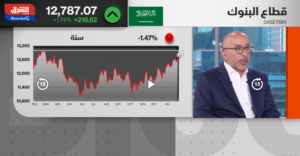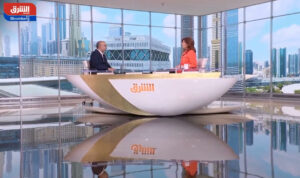The history of the world’s first fair in 1851, which came to be known as the “Crystal Palace” opens with tidy personal profits for its sponsors.
Individuals from Edward Riddle onwards glimpsed at the possibility of the new world, where the marvels of the modern world of industrialisation could be agglomerated under one roof, such that everything from the cheap to the luxurious could be heralded to the masses.
-ADVERTISEMENT-
Ads by
This singularly self-conscious moment in the creation of capitalist civilisation swept throughout the world in decades to come, as an ambitious festival of material and moral surfeit. Perhaps most importantly, it highlighted that the world fair for a “fairer, grander, gladder future” was the true “gesamtkunstwerk” of not just industrial and mechanical acumen, but also exemplify a civilising process for society.
It was a global event where regardless of barriers, people came together to build a new vision for the future. This was not to be a hackneyed gesture to clichés. Rather it was to be a recognition of success in applying seriality, universality, utility and speed as cultural and economic values.
Over the 150 years since, the world exposition has grown from strength to strength, even as economic cultures have shape shifted. A return to first principles, is what Dubai is aiming for in 2020, by looking confidently into the future even as it acknowledges the contributions of cultures past.
It is not only an emphasis on technical or technological innovation, nor is it just to be a meeting of minds and an offering of wares. The model of the exhibition itself is rather based on its English prototype.
“Every possible invention for the service of man found a place within its embracing limits” claimed the first marketing materials of 1851. In 2020 the same ethos will be very much on display.
A sense of cultural harmony bounded by hierarchy found expression in the immediate efforts of cultural authorities to marshal scientific knowledge and to shape the perceptions and needs of the “leisure class”. The word “palace” itself was no misnomer, as it enjoyed considerable resonance in the English monarchy, helping the country to construct a bridge between the past and present in a Robert Peel-ite formula that integrated revolution and moderation, innovation and tradition.
In Dubai, the themes resonate just as strongly now, especially in a time where the zeitgeist has been focused on building barriers, trade or otherwise. Dubai, with its global aspirations of economic, cultural and scientific prowess, aims for a return to first principles, a return to the very raison d’etre of the exposition in the first place.
The “universality of humanity”, where the driving force is not the capital on display, but rather the innovation, the spirit that drives not only a nation, but the entire world. A whole exhibition where the “nature of the article” rather than its place of origin drives the conversation.
In 1851, visitors were astonished by the vehement effect of all of humanity acting in concert. Then the focus was on the industrial reality that was sweeping the world.
In 2020 that reality is more technological, more innovative, more decentralised, by the spirit that it sets to light the world is no less astonishing and infectious. These qualities were not easy to replicate.
In point of fact in 1853, the fair was a disaster in New York. For a number of reasons, the New World of America was not able to recreate the spirit of innovation that was found in London only two years earlier.
“They manage World Fairs better in the old world than in the new” concluded Putnam’s, of this American experiment in capitalist agitprop. Today, the story is markedly different, as the economic narrative has been dominated by American capitalism for the last century. However, with all the successes of the narrative, world expos have been about nationalism, as much as they have been about a universal culture, oftentimes resulting in a peculiarly modern condition, at once conflicted and symbiotic.
Fairs, after the 1851 success, seemed to focus on the ephemeral nature of a commodity driven reality. Everything melted into the air, including the structures themselves.
Dubai, in returning to first principles, is poised to change that narrative, with not only permanent structures, but more importantly a call to usher in a new type of future. A future that promises to capture the imagination of business, social and cultural sensibilities.
Later generations were riveted by the success by the Crystal Palace event of 1851, in defining the popular experience of industrial capitalism. 2020 promises yet another event of wonder, all the more critical given the polarisation of the world atmosphere.
Sameer Lakhani is Managing Director of Global Capital Partners.





